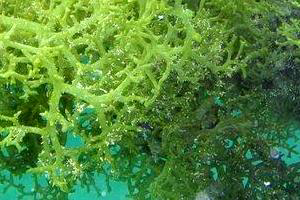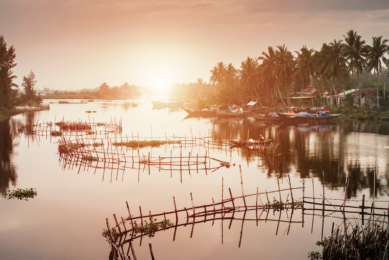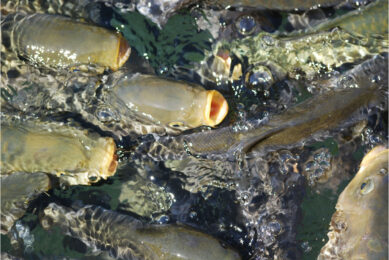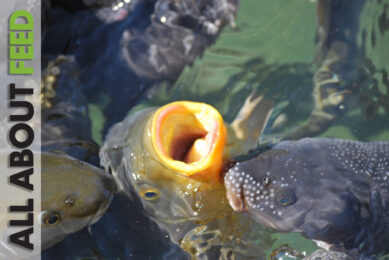Seaweed: the answer to Australia’s aquaculture industry

South Australian scientists are undertaking trials to see if seaweed can be farmed as part of the State’s $243 million aquaculture industry.
Trials are underway near Port Lincoln involving four native seaweeds and their potential to be farmed. Seaweed is widely used in Asian and other countries for a range of food, household and industrial products.
Agriculture, Food and Fisheries Minister Leon Bignell said it could become a new aquaculture industry for South Australia.
“With seaweed developing into a $6 billion market globally, these trials are an important step towards a promising new income stream for aquaculture operators,” he said.
“Seaweed is also a natural water filter, so the trials also have the potential to support a further expansion of valuable fish and mollusc farming in the State’s waters”.
The offshore trials – led by the South Australian Research and Development Institute (SARDI) and funded by the Fisheries Research and Development Corporation in conjunction with aquaculture operator Cleanseas – will focus on which seaweed grows best in Spencer Gulf.
SARDI Senior research scientist Kathryn Wiltshire said the trials on a kingfish lease near Port Lincoln will examine the seaweed’s growth over different seasons, along with the amount of fish waste removed by the seaweeds.
“Testing all four varieties will help us to establish their suitability to fish farming leases in this important premium aquaculture region in southern Australia,” she said.
“The nutrient input from the nearby fish cages will enhance growth of the seaweeds, and the trials will help to determine the best depths and sites for culture”.
The seaweeds will be sampled and tested later this month, and the trials will continue until April 2015 to allow comparison of growth over different seasons.
With oceans covering about 70% of the planet, algae have the potential to be versatile in their end uses – harvested for food, medicine, skin care, fertiliser, pet foods and other products – and as an environmentally sustainable part of aquaculture.











